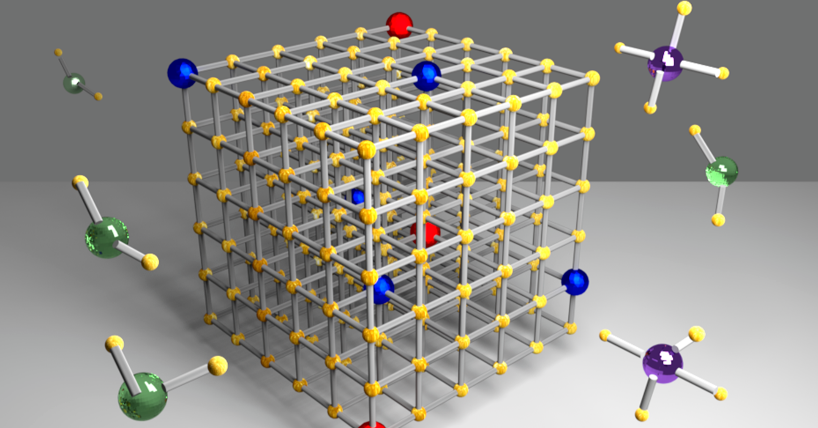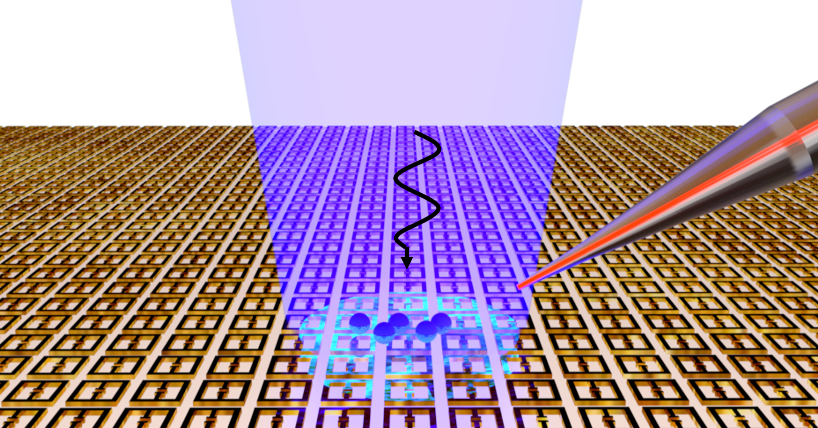Emerging Materials
Our ground-breaking research in emerging materials is paving the way for transformative technologies.
What we do
Emerging materials and devices are at the core of our research in the Emerging Technology and Materials group.
We integrate new materials in smart and sustainable ways, by leveraging our expertise in material design, synthesis and production.
Our aim is to tailor high-performance devices to specific applications, that are:
- fast
- small
- low energy
With the freedom to adapt and innovate, our fabrication facilities allow us to explore creative ways to develop the next generation of devices.
What are emerging materials?
Emerging materials stem from a field of research that’s focused on the design, production and understanding of novel materials with ground-breaking properties.
Tuning material properties based on specific applications has always been fascinating and challenging. Electronic devices have become a part of modern life, and they continuously demand new materials with improved functionality. These include:
- mobile phones
- wearable sensors
- intelligent implants
- smart cities
Emerging materials could have a profound impact across many aspects of our lives. Material applications can include:
- low energy electronics and photonics
- advanced composites
- energy and manufacturing materials
- 2D materials
Our research
The 21st century has seen the birth of a new direction of research based on novel 2D materials, such as:
- graphene
- boron nitride
- transition metal dichalcogenides
These novel 2D materials have become one of the most exciting directions in research, thanks to their extraordinary mechanical, electrical, optical and thermal properties.
Emerging materials
We research emerging materials and how they can be used to develop ultra-thin bespoke devices. We investigate how these materials can be applied to:
- photonics
- electronics
- optoelectronics
- sensing
- metamaterials and metasurfaces
- energy
- spin qubits
- single-photon emitters
Our research into spin qubits and single-photon emitters is focused on how they can be applied to quantum computing, quantum communication and cryptography. We also investigate how, in quantum dots and diamond semiconductors, they can be applied in quantum information processing.
Layered materials
The discovery of graphene has sparked a wave of extensive exploration into layered materials in recent years.
Layered materials consist of many different compounds with diverse behaviours, providing numerous advantages for developing electronic devices. They act as a versatile toolbox, allowing for the creation of essential components such as transistors, capacitors, and resistors. In the 2D limit, layered materials can produce band gaps, changing conductivity and even display emergent magnetism and superconductivity.
.png)

.png)
